


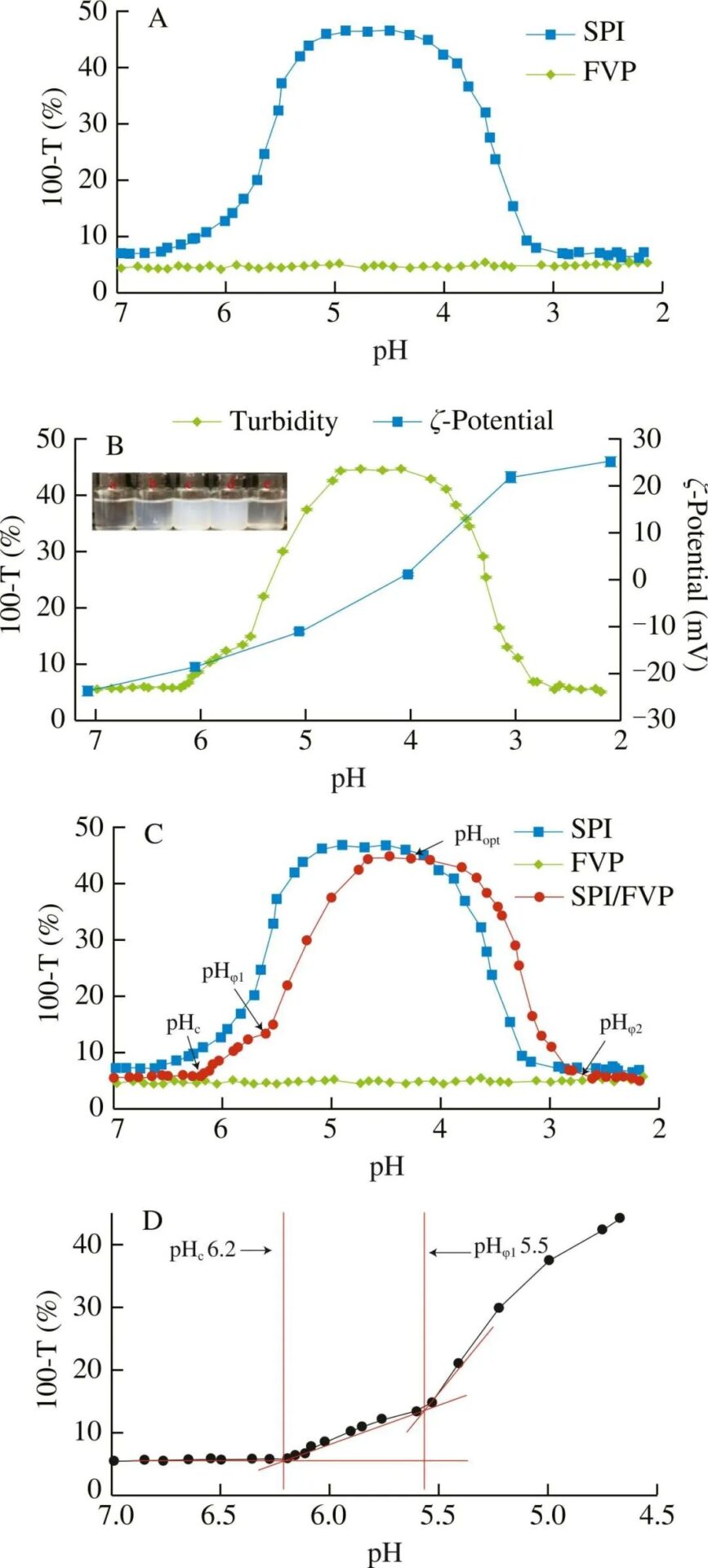
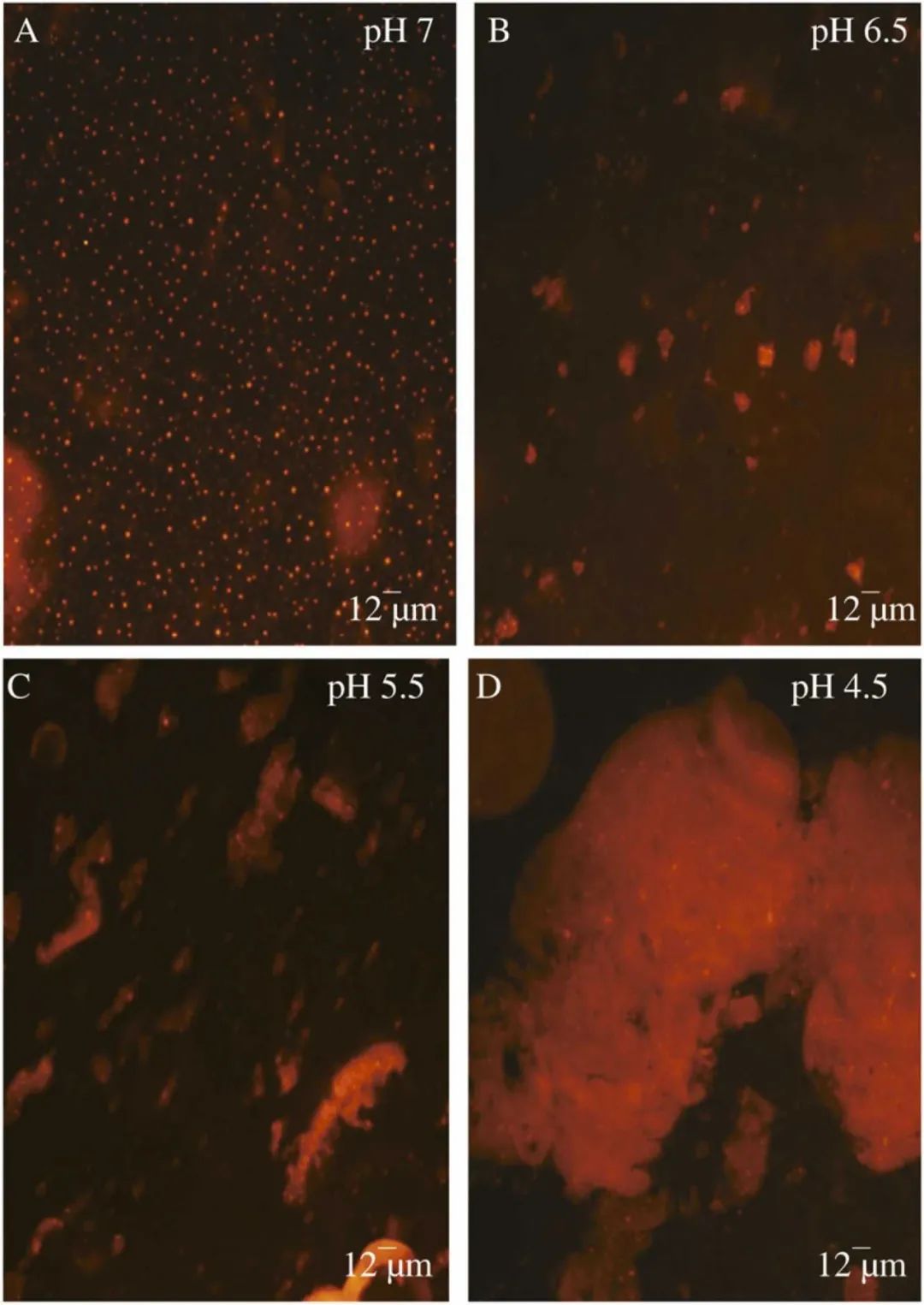


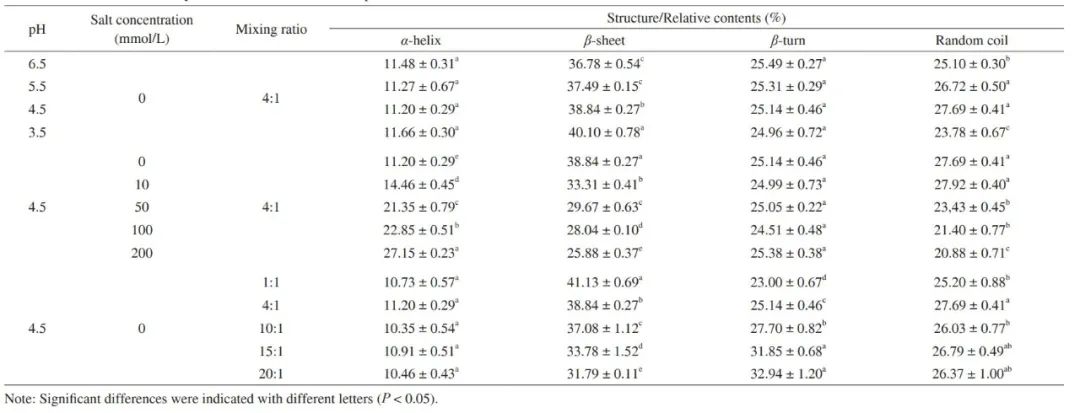


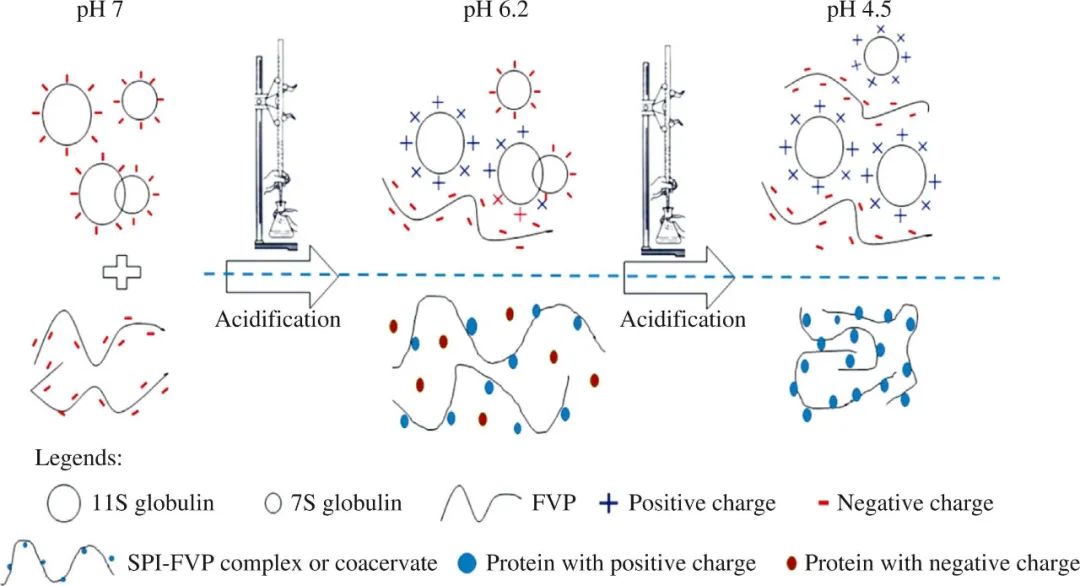

First Author

Junmiao Zhang, male. Master’s degree from the College of Food Science and Engineering, Nanjing University of Finance and Economics, graduated in June 2021 with a Master’s degree in Food Science and Engineering. Currently a PhD student in the Food Science and Technology College of Nanjing Agricultural University, class of 2021, under the supervision of Professor Qiuhui Hu. During his master’s studies, he participated in the National Key Research and Development Program on the interactions of proteins and active polysaccharides and their immunomodulatory effects, studying the preparation of Flammulina velutipes polysaccharide and soy protein complex coacervates and their immune-enhancing effects on macrophages. He has published two SCI papers as the first author, applied for two patents, and completed the Jiangsu Province Graduate Innovation Program. During his graduate studies, he received titles such as Excellent Graduate Student, Excellent Graduate Student Cadre, and Outstanding Graduate.
Corresponding Author

Qiuhui Hu, Director of the Processing Research Room of the National Edible Mushroom Industry Technology System, Professor/Doctoral Supervisor at Nanjing Agricultural University/Nanjing University of Finance and Economics, enjoys special government allowances from the State Council. Selected as a “New Century Excellent Talent Support Program” by the Ministry of Education, leader of the Jiangsu Province College Blue and Green Project Technology Innovation Team, young and middle-aged scientific and technological leadership in Jiangsu Province’s “333 High-level Talent Training Project”, and outstanding young and middle-aged experts in Jiangsu Province. He has presided over several projects including the National Key Research and Development Program’s “Strategic International Science and Technology Innovation Cooperation” key project, National Natural Science Foundation, sub-project of the “13th Five-Year Plan” National Key Research and Development Program, Ministry of Agriculture 948 Project, and Jiangsu Province Modern Agriculture Key Project. His key technology innovations and applications in the deep processing of edible mushrooms won the first prize for scientific and technological progress in Jiangsu Province in 2019 (first contributor), the first prize for teaching achievements in Jiangsu Province in 2017 for the innovative and practical training model of food science and engineering professionals integrating “economics”, “management”, and “law” (first contributor), and the second prize for outstanding achievements in scientific and technological progress from the Ministry of Education in 2014 (first contributor). He serves on the editorial board of the journal Food Science and Human Wellness. Over 200 papers have been published, and he has been continuously listed in the Elsevier’s list of highly cited scholars in the field of agriculture and biological sciences in China from 2017 to 2021, with more than 30 authorized invention patents.

Effect of Ionic Strength and Mixing Ratio on Complex Coacervation of Soy Protein Isolate/Flammulina Velutipes Polysaccharide
Junmiao Zhanga, Hengjun Dub, Ning Maa, Lei Zhongc, Gaoxing Maa, Fei Peia, Hui Chena,d, Qiuhui Hua,*
a Key Laboratory of Edible Mushroom Processing, Ministry of Agriculture and Rural Affairs, College of Food Science and Engineering, Nanjing University of Finance and Economics, Nanjing 210023, China
b Department of Food Science, University of Massachusetts, Amherst MA 01003, USA
c College of Food Science and Technology, Nanjing Agricultural University, Nanjing 210095, China
d Jiangsu Alphay Bio-technology Co., Ltd., Nantong 226009, China
*Corresponding author.
Abstract
Soy protein isolate (SPI) is a commercial protein with balanced amino acids, while the poor solubility impedes its use in traditional foods. To overcome the problem, the complex coacervation of SPI/Flammulina velutipes polysaccharide (FVP) were investigated. Initial results revealed that the suitable amounts of FVP contributed to reducing the turbidity of SPI solution. Under electrostatic interaction, the formation of SPI/FVP coacervates were spontaneous and went through a nucleation and growth process. Low salt concentration (CNaCl = 10, 50 mmol/L) led to an increase in the critical pH values (pHc, pHφ1) while the critical pH values decreased when CNaCl ≥ 100 mmol/L. The concentration of NaCl ions increased the content of α-helix. With the increase of FVP, the critical pH values decreased and the content of β-sheet increased through electrostatic interaction. At SPI/FVP ratio of 10:1 and 15:1, the complex coacervation of SPI/FVP were saturated, and the coacervates had the same storage modulus value. SPI/FVP coacervates exhibited solid-like properties and presented the strongest storage modulus at CNaCl = 50 mmol/L. The optimal pH, SPI/FVP ratio and NaCl concentration of complex coacervation were collected, and the coacervates demonstrated a valuable application potential to protect and deliver bioactives and food ingredients.

ZHANG J M, DU H J, MA N, et al. Effect of ionic strength and mixing ratio on complex coacervation of soy protein isolate/Flammulina velutipes polysaccharide[J]. Food Science and Human Wellness, 2023, 12(1): 183-191. DOI:10.1016/j.fshw.2022.07.006.
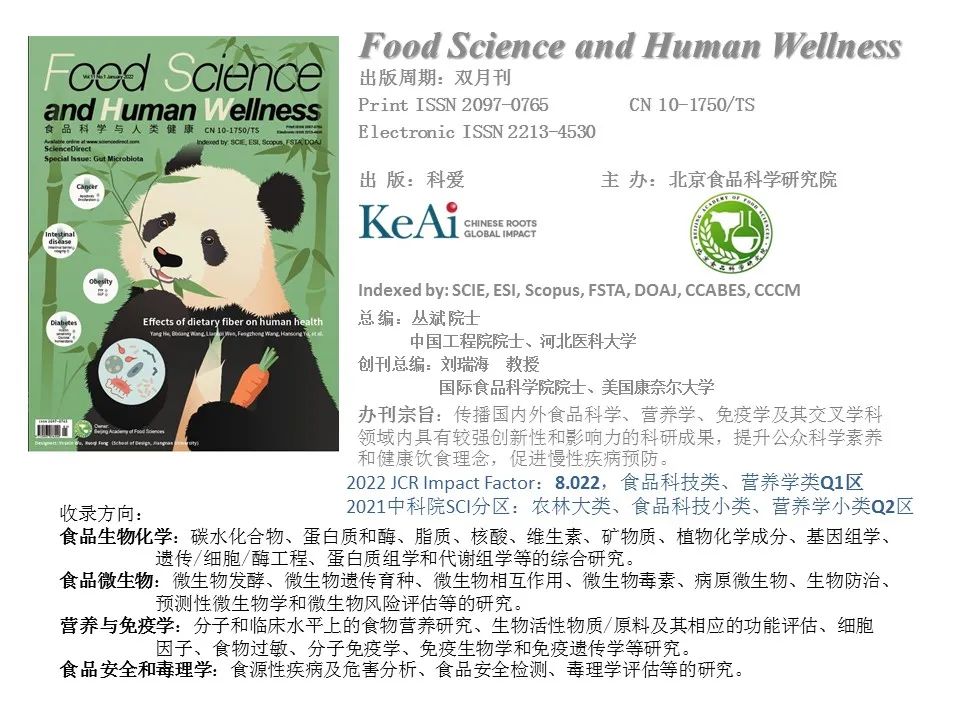
The content of this article was provided by the authors
Editor: Liang Anqi; Responsible editor: Sun Yong
FSHW | Revealing the Unique Flavor Formation of Traditional Shrimp Paste Based on Electronic Nose, SPME-GC-MS, HS-GC-IMS
FSHW | Fecal Metabolomics Reveals Positive Effects of Propolis Ethanol Extracts on T2DM Mice
FSHW | Analysis of Key Flavor Compounds in High Oleic Acid Rapeseed Oil and French Fries at Different Frying Stages
FSHW | The Effects of Four Different Extraction Methods on the Physicochemical Properties and Biological Activities of Yam Skin Polysaccharides
FSHW | The Effects of Different Thermal Processing Methods on the Bioactive Components, Phenolic Compounds, and Antioxidant Activities of Qinhai Barley
FSHW | Texture Characteristics of Tofu Rich in Seaweed Antihypertensive Peptides
FSHW | Flavor Release and Dynamic Perception of Dry-Cured Pork during Chewing
FSHW | A Tropical Wild Fruit Tree with Great Development Potential: Key Compounds of Its Fruit Flavor
FSHW | Delicious Mechanism of Rainbow Trout: Identification and Mechanism of Umami Peptides in Rainbow Trout
FSHW | Study on Different Grades of Sesame Aroma Baijiu through HS-SPME Combined with GC-O-MS
FSHW | Formation Mechanism of Ethyl Acetate and Organic Acids during Fermentation of Max Kruev Yeast L1-1 in Rice Sour
FSHW | Monitoring and Isolation Identification of Spoilage-Related Microorganisms in Modified Atmosphere Packaging of Roast Chicken
FSHW | Comparative Analysis of Physicochemical Properties, Ginsenoside Content, and α-Amylase Inhibitory Effects of White and Red Ginseng
Long press the QR code to follow FSHW!


